Types of planets on our solar system
Types of planets in the solar system
Venus
is the second planet from the Sun - about three quarters of the distance between the Sun and Earth. It is known as Earth’s twin because they have very similar sizes.
Venus is the hottest planet in the Solar System with an average temperature of 460°C.
Its thick atmosphere acts like a blanket trapping the Sun’s heat inside.
The surface of Venus is dry and rocky with lava flows across parts of the planet.
It takes Venus 243 Earth days to spin round on its axis but only 225 days to complete an orbit of the Sun. So a day on Venus is actually longer than a year!
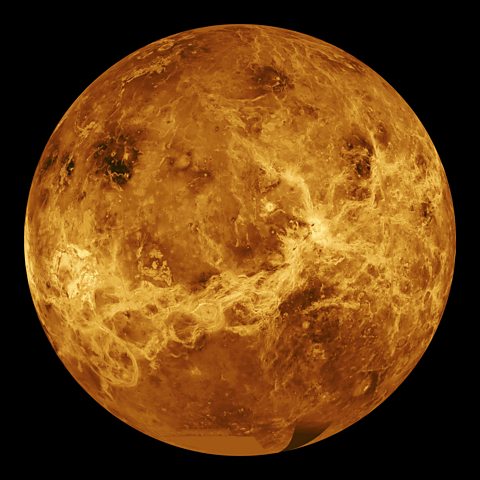 NASA
NASAEarth
is the third planet from the Sun and the only planet in the Solar System with life on it.
Our planet is habitable because it is just the right temperature to support life.
Earth lies in the Goldilocks Zone where it is not so close to the Sun that it gets too hot and not so far from the Sun that it gets too cold.
It also has an ideal atmosphere, which traps just the right amount of the Sun’s heat to keep Earth's temperature stable.
Both these features contribute to Earth having liquid water on the surface, which living things need to survive.
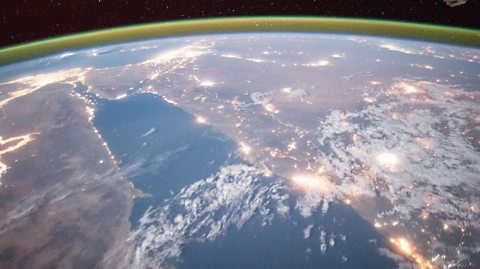 NASA
NASAMars
is the fourth planet from the Sun and the last of the terrestrial planets. It is about half the size of Earth and about one and a half times the distance from the Sun that Earth is.
Like Earth, Mars is in the Goldilocks zone but its thin atmosphere does not trap enough of the Sun's heat to have a stable temperature. At its hottest, Mars reaches about 20 °C but this can drop to -153 °C. There is water on Mars but it is in the form of ice under the surface at the planet's poles.
Evidence from the Curiosity and Perseverence rovers on the surface of Mars shows that Mars used to have a thicker atmosphere and it once had liquid water on the surface, and therefore possibly life.
Mars has two moons. A day on Mars lasts just over 24 hours and a year lasts 687 Earth days.
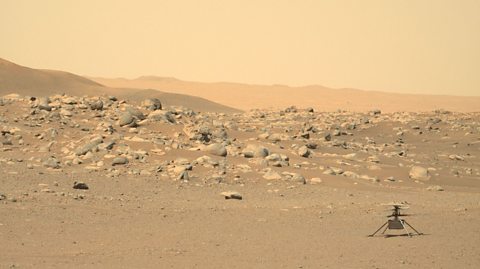
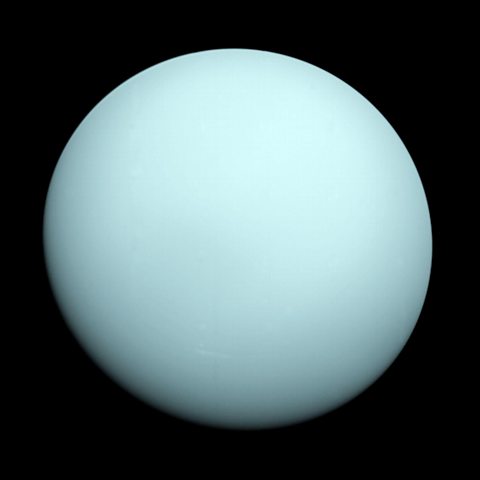 NASA
NASANeptune
is the eighth planet from the Sun and the second of the ice giants. It is the only planet in the Solar System that we cannot see with just our eyes.
It is about four times wider than Earth and thirty times further from the Sun.
At 4.5 billion km from the Sun, it receives very little heat and so has an average temperature of just -200°C.
Neptune has 13 moons. A day on Neptune lasts around 16 hours and it takes about 165 Earth years to orbit the Sun once.
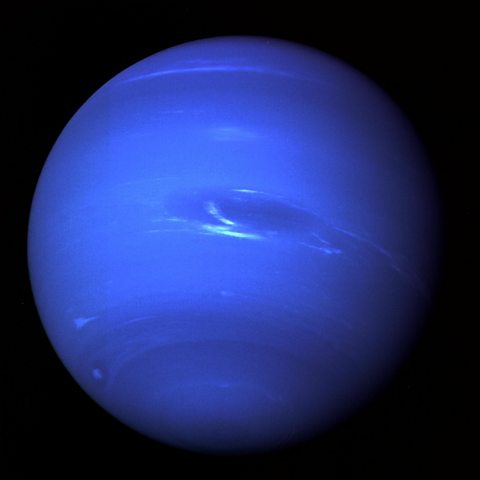
Comments
Post a Comment